By_shalini oraon

India-China border talks.
—
The Delicate Dance on the Dragon’s Back: Why India and China’s ‘Active Communication’ Masks a Deeper Stalemate
In the rarefied air of the Himalayan border, where a handshake in a conference room can be as significant as a troop movement on a frozen ridge, the recent announcement that India and China have agreed to continue “active communication” on border control is a classic piece of diplomatic choreography. This phrase, sterile and hopeful, emerged from the latest round of talks between their corps commanders, representing the 28th such meeting since the deadly Galwan Valley clash in 2020 shattered decades of carefully managed stalemate. Yet, beneath the veneer of professional dialogue lies a complex and intractable reality: while both giants recognize the existential danger of a hot conflict, a resolution to their foundational dispute remains as distant as the snow-capped peaks they contest.
The context for this “active communication” is a fragile and deeply militarized status quo. The 2020 clash, which resulted in the first combat fatalities on the border in 45 years, fundamentally altered the strategic landscape. It shattered the core agreements that had, despite periodic tensions, maintained a semblance of stability since 1993. The subsequent massive build-up of troops, artillery, and advanced infrastructure along the Line of Actual Control (LAC) has turned the world’s highest, most inhospitable border into one of its most densely militarized frontiers. The stated goal of the military and diplomatic talks, including this latest one, is to achieve “complete disengagement” in all friction areas and restore the “status quo ante” of April 2020. However, the devil is in the daunting details of geography and distrust.
The Architecture of a Standoff
The term “active communication” itself is a deliberate and revealing choice. It is not a commitment to a breakthrough, nor does it signal a warming of relations. Instead, it signifies a shared, pragmatic understanding that even in disagreement, channels must remain open to prevent a catastrophic miscalculation. This communication operates on multiple tracks:
1. Military Diplomacy (The WMCC): The Working Mechanism for Consultation and Coordination on India-China Border Affairs serves as a diplomatic-level forum. It prepares the ground for the higher-stakes military talks, setting agendas and managing the fallout from minor incidents.
2. Corps Commander-Level Talks: This is the main event, where star-ranked officers from both armies meet to negotiate the gritty specifics of disengagement—patrol points, buffer zones, and troop pullbacks. These talks are painstakingly slow, often focusing on one small, contested area at a time, such as the successful disengagements at Pangong Tso and the Gogra Heights.
3. Political and Diplomatic Channels: Behind the scenes, messages are passed through foreign ministries and envoys, ensuring that the border tensions do not completely derail other aspects of the relationship, though they inevitably cast a long shadow.
The primary achievement of this elaborate architecture since 2020 has been crisis management, not conflict resolution. It has successfully prevented another Galwan-scale confrontation. However, several major friction points, most notably Depsang and Demchok, remain unresolved. In Depsang, Indian patrols are blocked from accessing traditional grazing grounds and patrol points, a situation that predates 2020 but has been exacerbated since. In Demchok, tensions persist over local land use and the presence of civilians and troops. Until these issues are addressed, the “disengagement” will remain partial and the situation inherently unstable.
The Chasm of Strategic Distrust
Why does “active communication” not translate into swift resolution? The answer lies in a deep and abiding strategic distrust that colors every negotiation.
From India’s perspective, China’s actions in 2020 were a profound betrayal of trust. New Delhi believes that Beijing, leveraging a period of global distraction and its own superior infrastructure, attempted a blatant land-grab to unilaterally alter the LAC. For India, any restoration of normalcy in the broader bilateral relationship—be it on trade, investment, or technology—is contingent upon peace and tranquility on the border. The continued massing of Chinese troops and the unresolved friction points are seen not as negotiating tactics, but as a form of sustained coercion.
From China’s perspective, its actions are a defensive response to India’s own infrastructure build-up and its deepening strategic alignment with the United States through forums like the Quad. Beijing views a powerful India, backed by America, as a potential challenger to its hegemony in Asia. By keeping the border issue on a low simmer, China may believe it can keep India off-balance, drain its military and economic resources, and deter it from aligning too closely with Washington. For Beijing, the border is not an isolated issue but one lever in a broader geopolitical contest.
This fundamental clash of perceptions makes compromise incredibly difficult. Any concession from either side is viewed not as a goodwill gesture but as a sign of weakness to be exploited. The very definition of the LAC is contested, with both sides having different perception lines, making the process of disengagement a cartographic and tactical nightmare.
The Long Road Ahead
The agreement to continue “active communication,” therefore, is a testament to a shared desire to avoid war, but not a harbinger of peace. It is an admission that the current situation, while dangerous and expensive, is preferable to the alternative of uncontrolled escalation.
The path forward is narrow and fraught. It will require a level of political will that currently seems absent. For a genuine breakthrough, several things need to happen:
1. A Return to Foundational Agreements: Both sides need to recommit, in spirit and letter, to the pre-2020 border management agreements, which explicitly prohibited massing troops and using force.
2. Clarification of the LAC: A long-term solution requires a mutually accepted, clearly demarcated LAC. This has been an elusive goal for decades, but modern technology and satellite imagery could provide a basis for more honest mapping.
3. Decoupling Border Tensions from Bilateral Ties: Alternatively, a more pragmatic approach would be to compartmentalize the border issue, allowing other aspects of the relationship to progress even as soldiers and diplomats continue their slow, grinding work on the LAC. However, India has firmly rejected this model post-2020.
For now, the “active communication” continues. In conference rooms in Moldo and Chushul, officers will pore over maps, exchange drafts, and speak in careful, calibrated language. Meanwhile, on the jagged heights above them, thousands of soldiers will continue their tense vigil, their fates tied to the success or failure of that dialogue. The agreement to keep talking is a relief, but it is the thinnest of threads holding back the potential for a conflict that neither nation wants, but both are diligently preparing for. The dialogue is active, but the peace remains passive, and the mountains, as always, keep their cold, impartial watch.
Discover more from AMERICA NEWS WORLD
Subscribe to get the latest posts sent to your email.
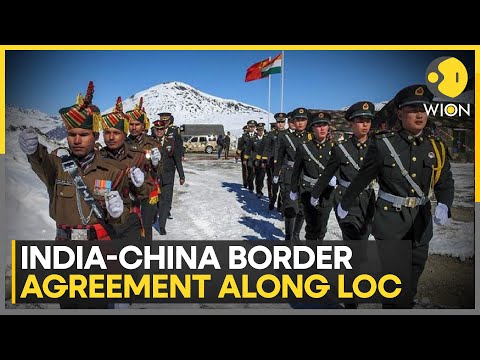
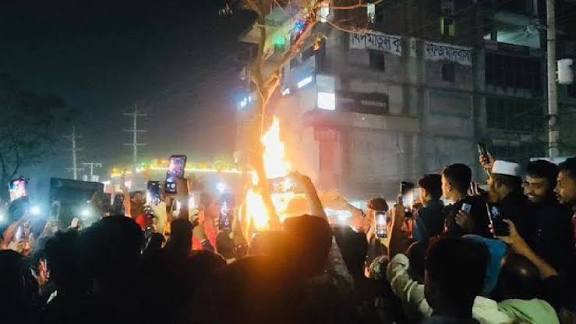
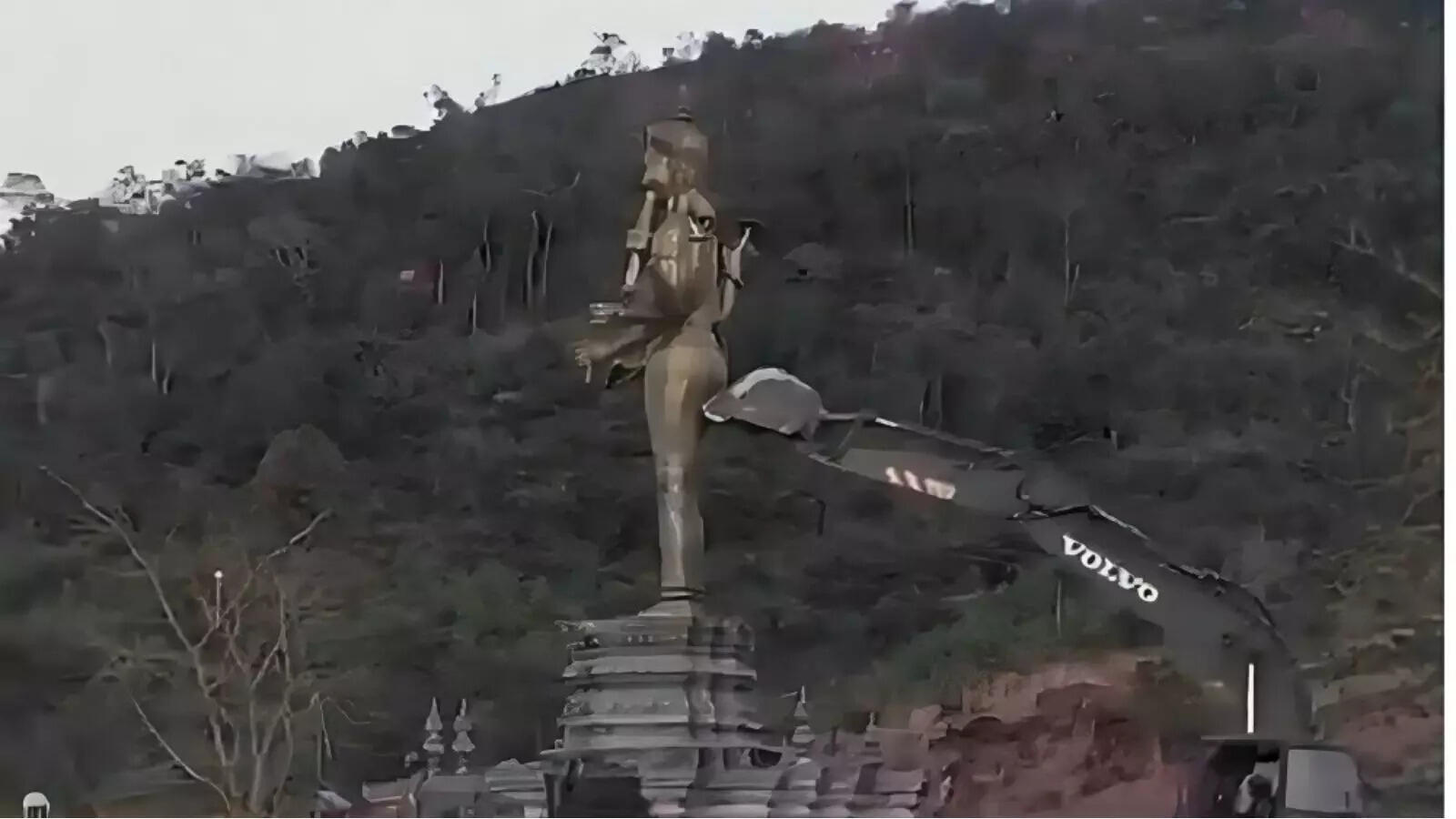
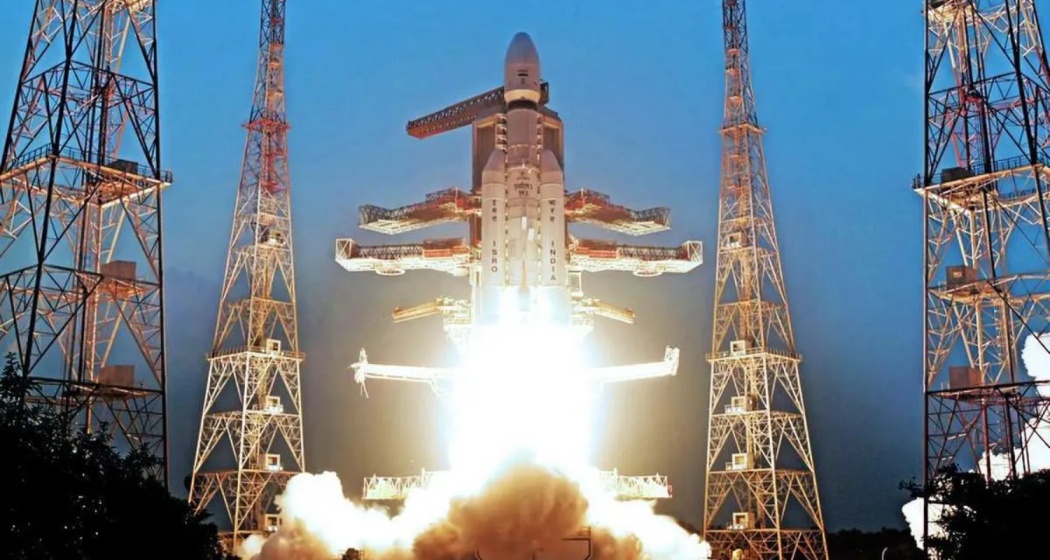
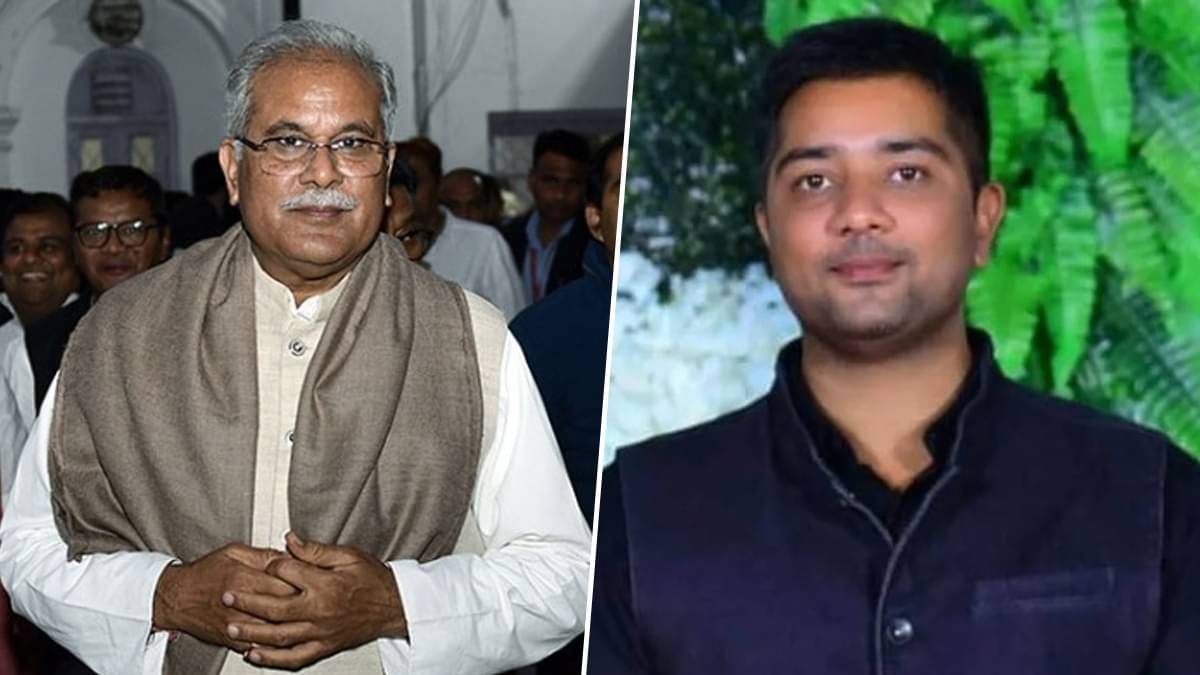

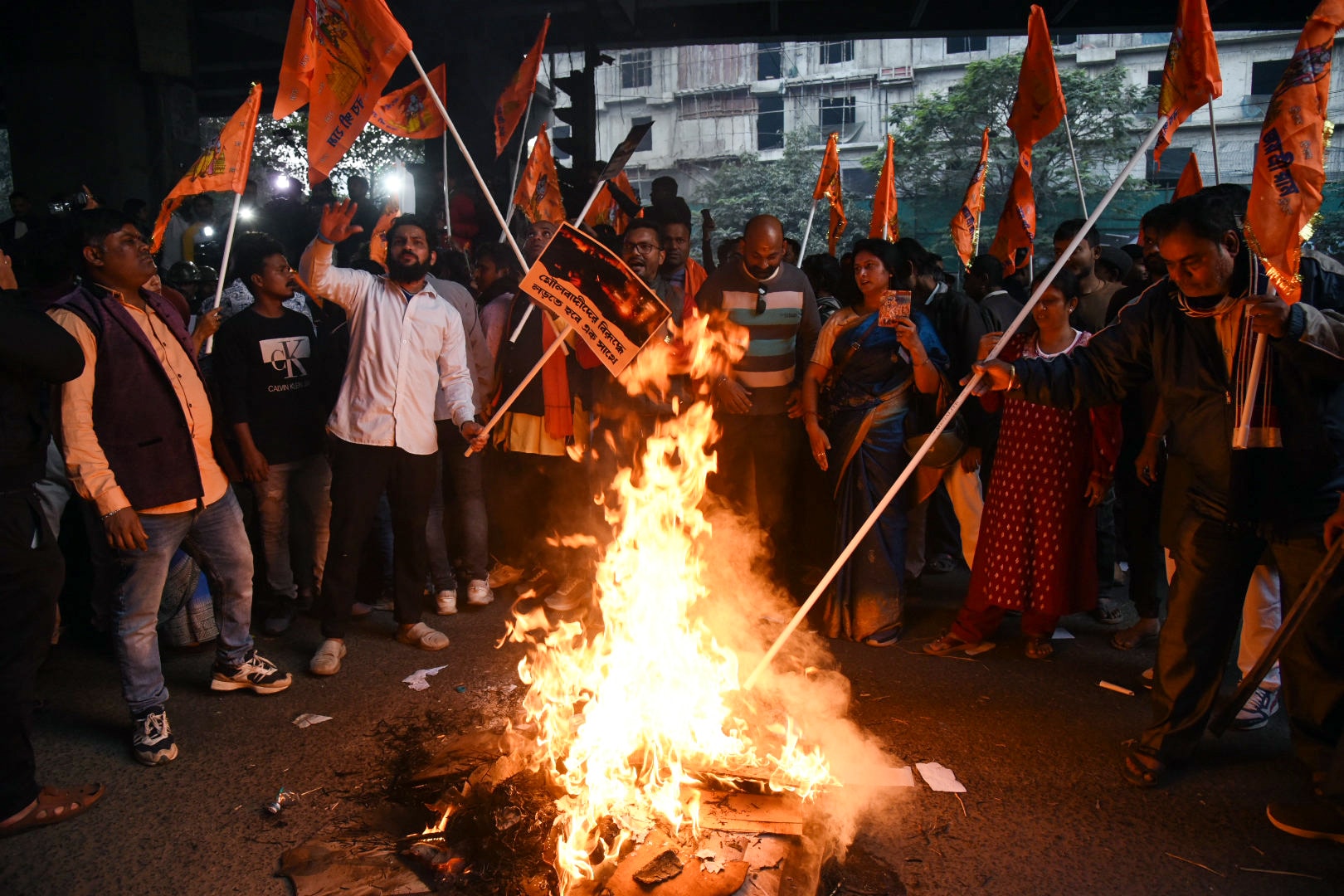

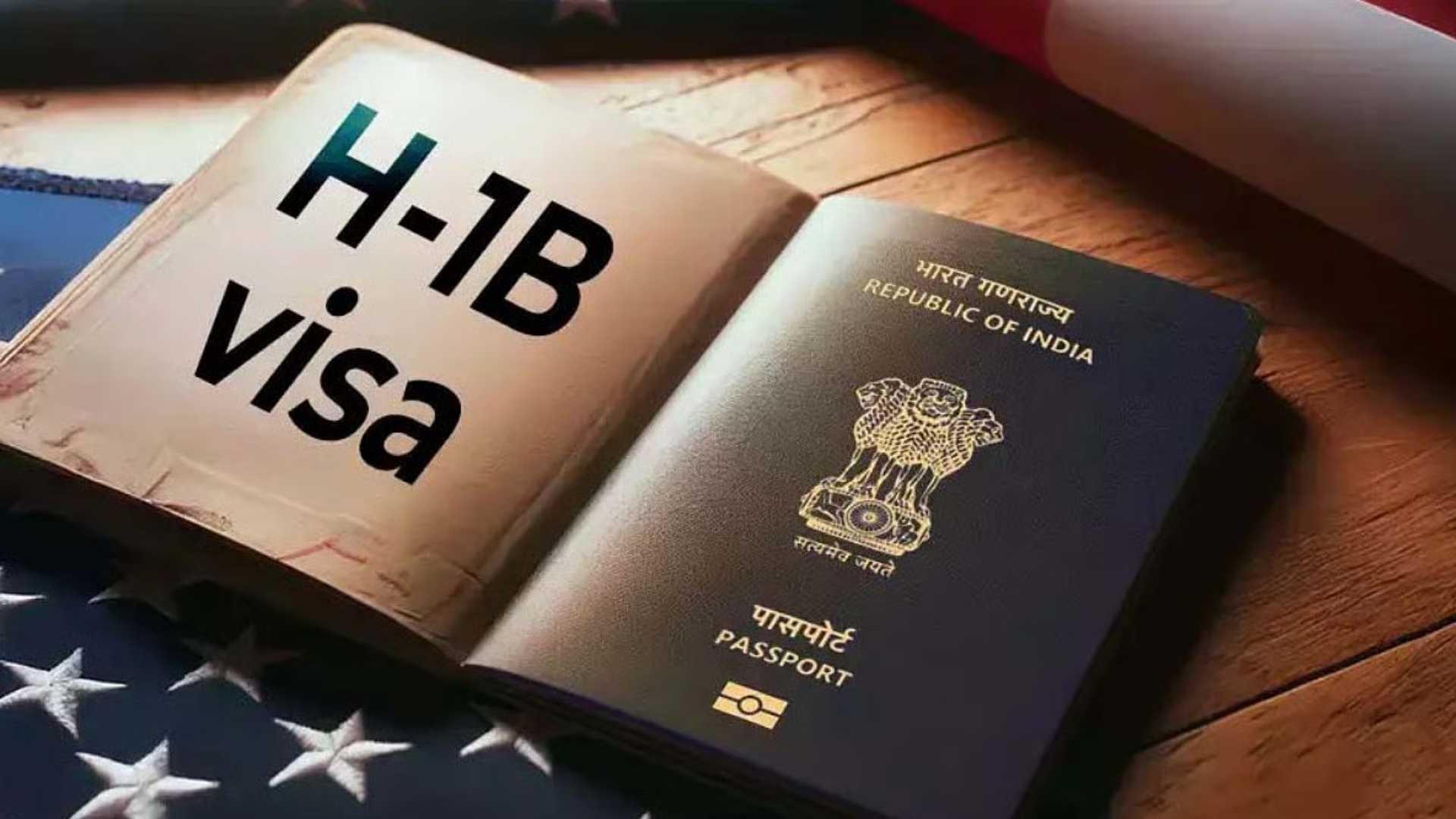
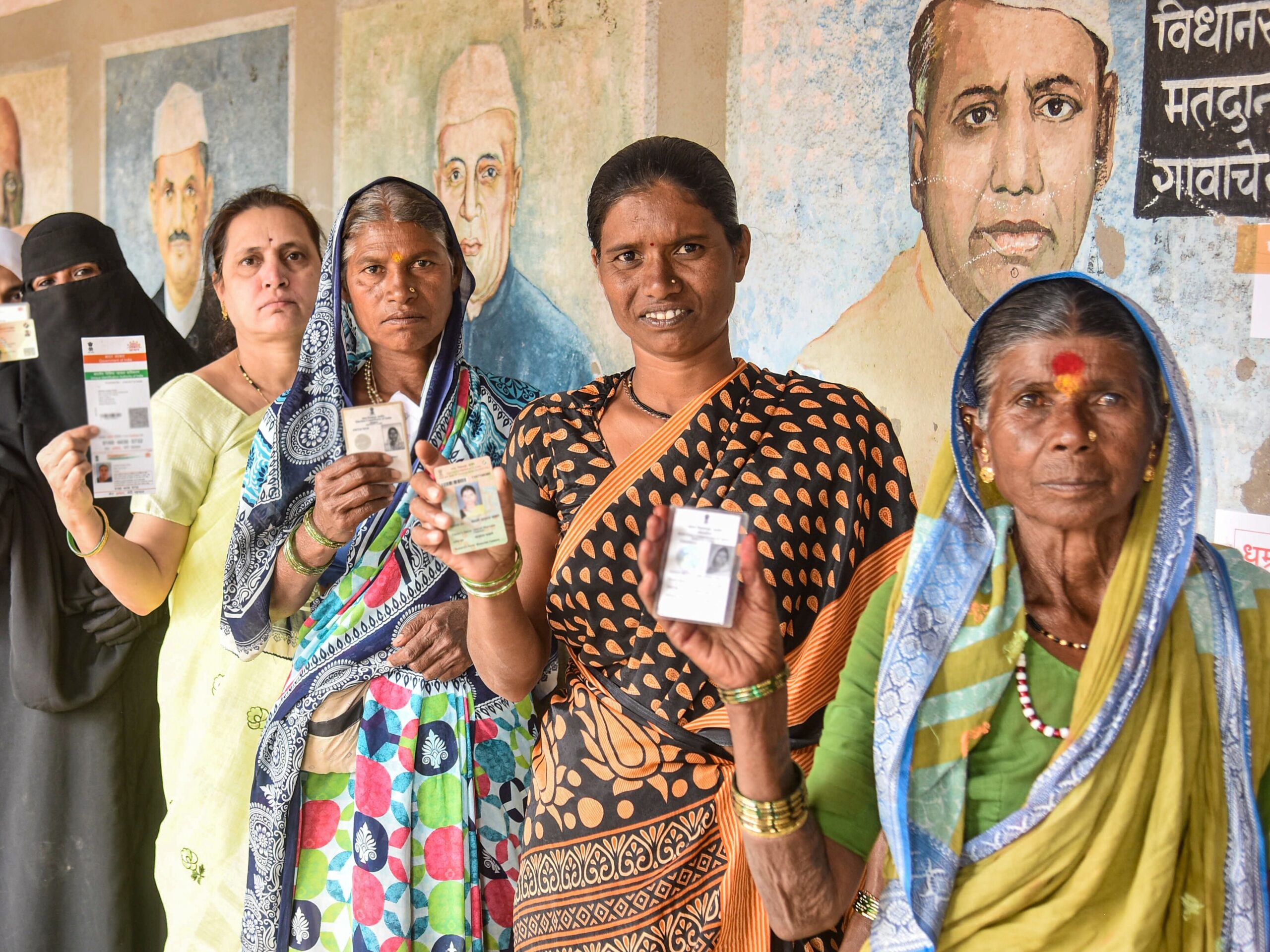
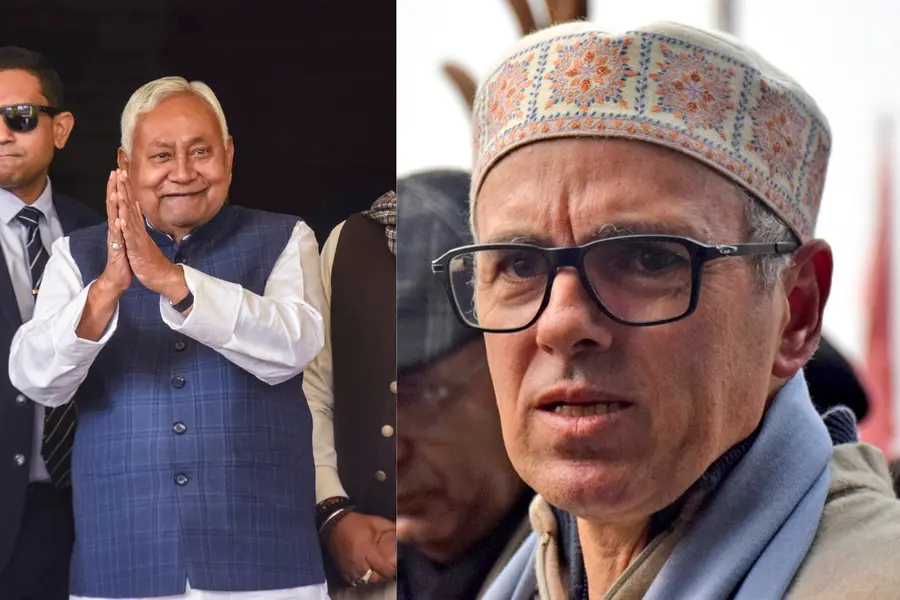

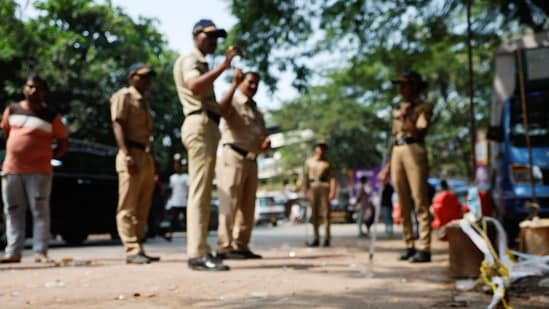

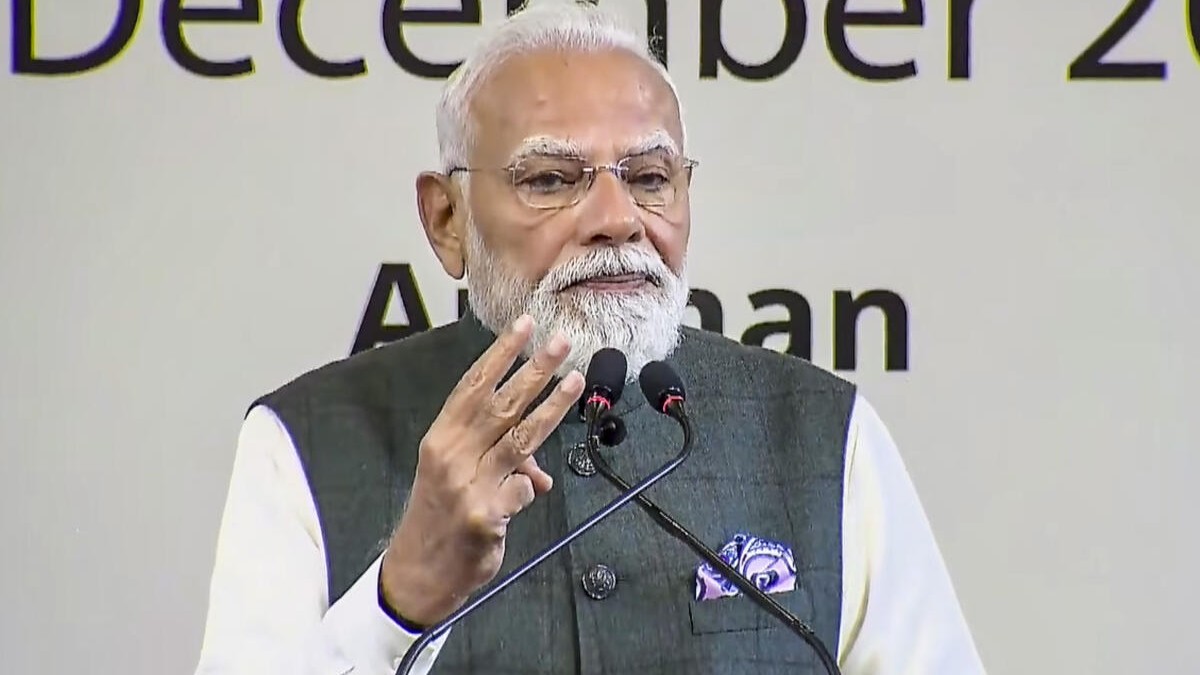
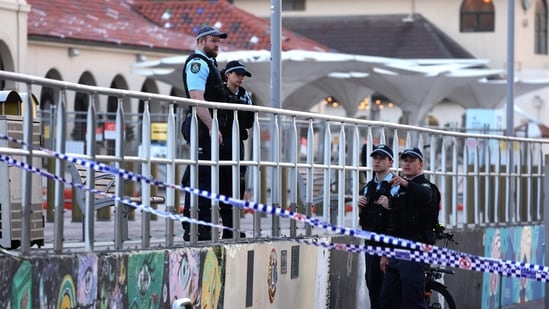
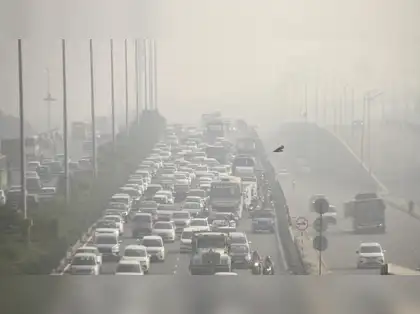
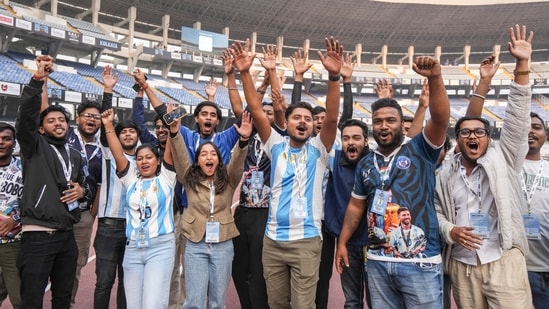


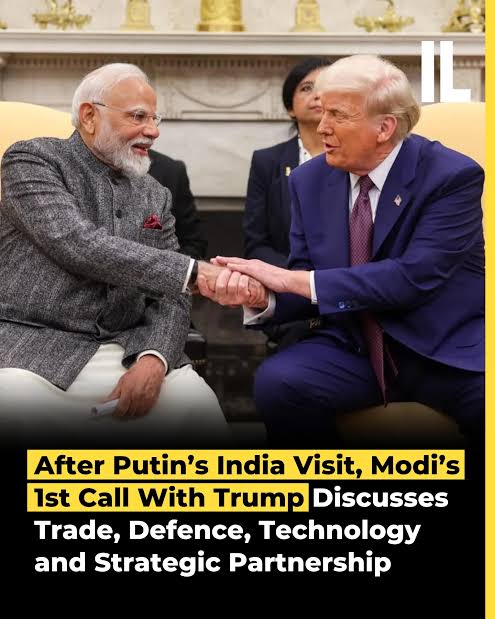

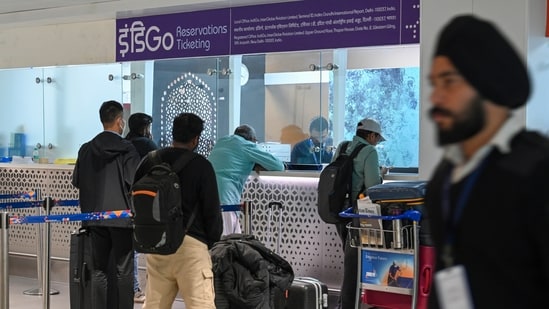
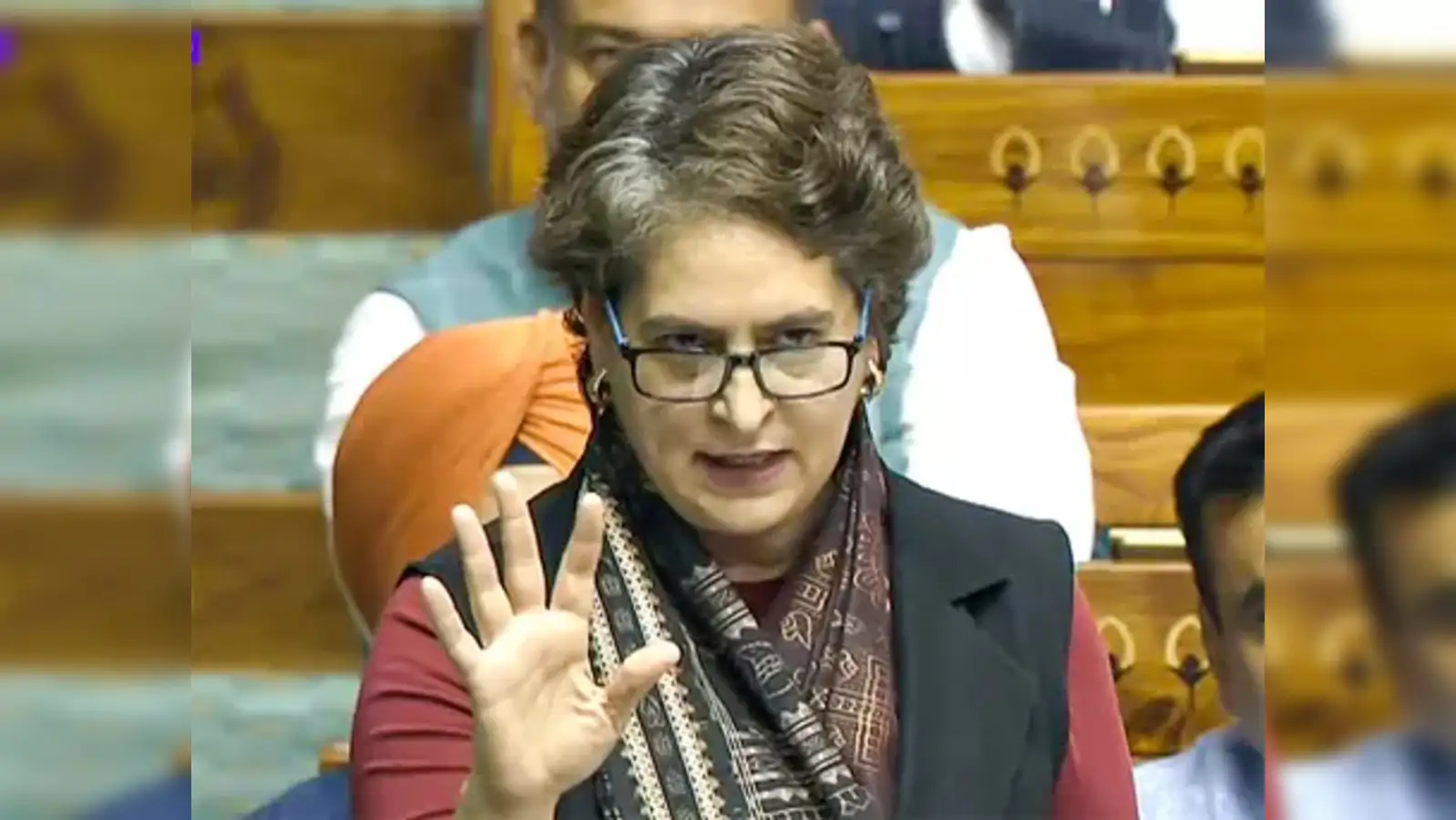
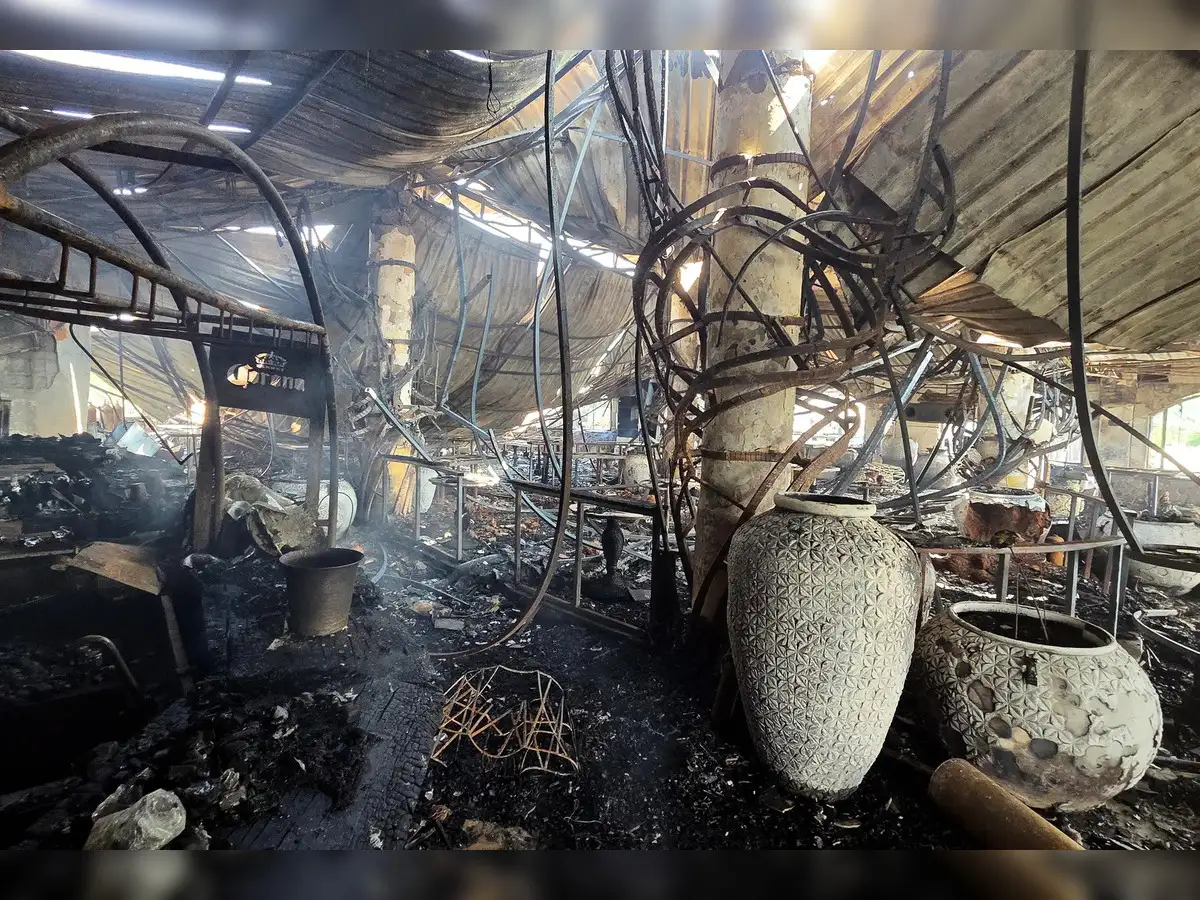
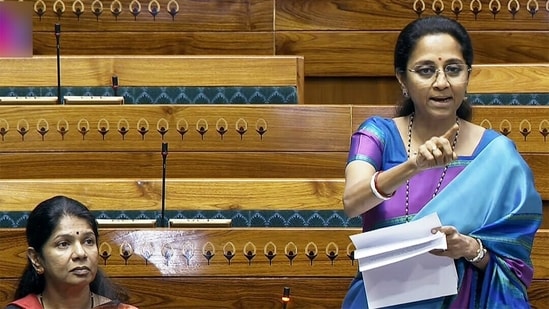
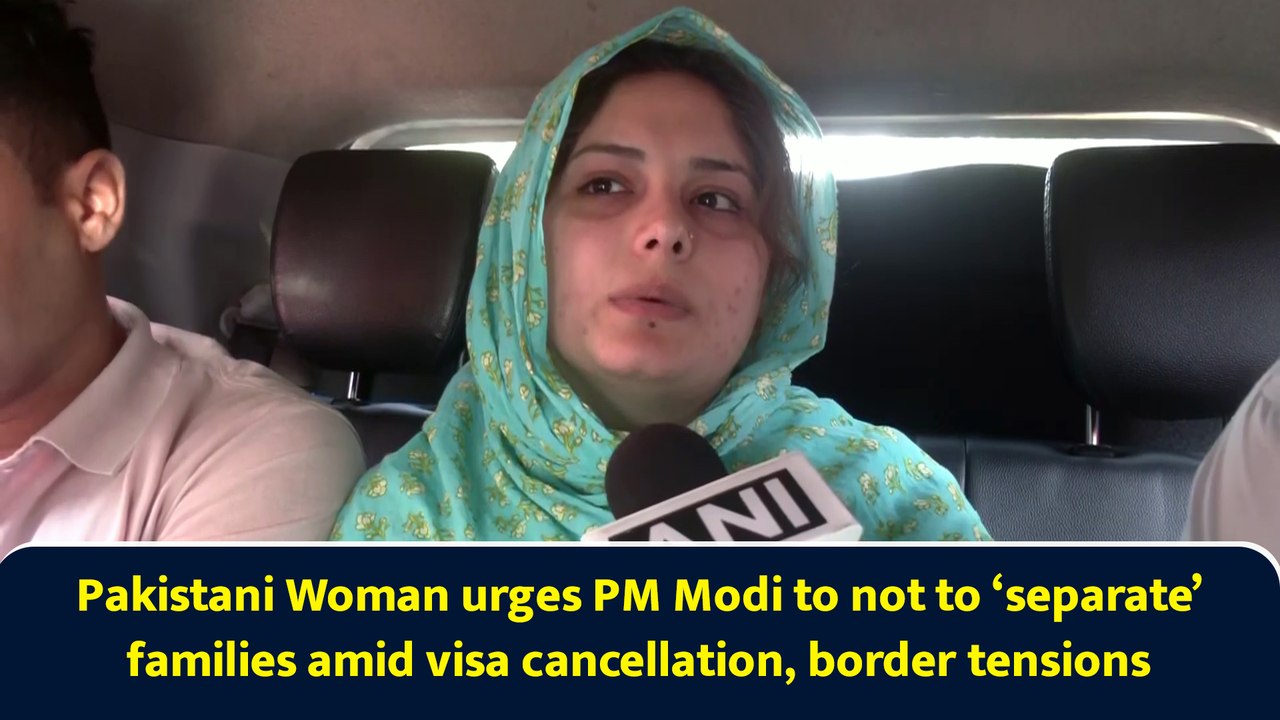
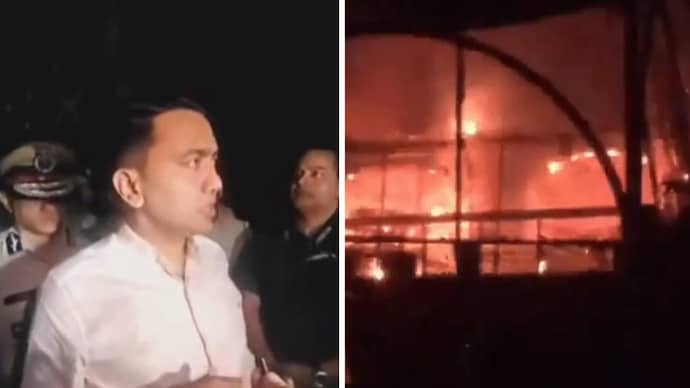
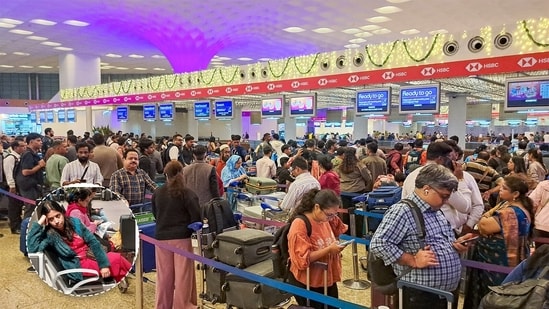
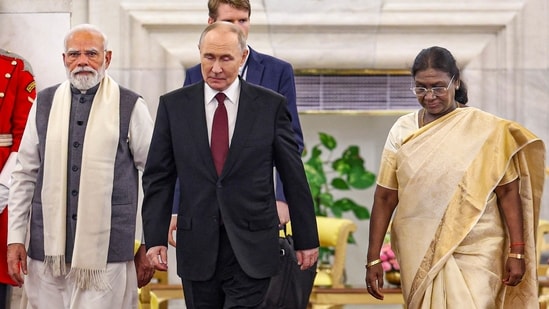
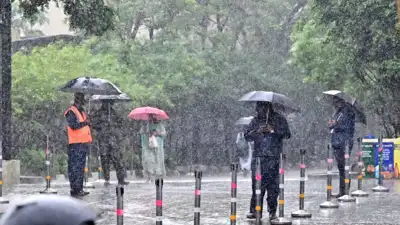
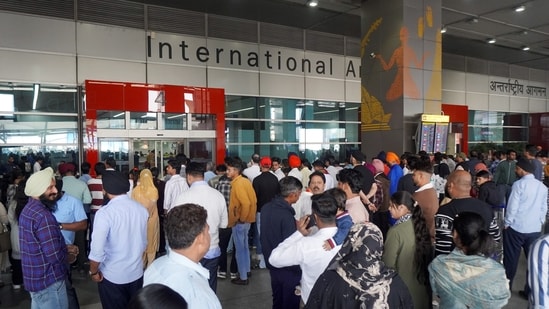

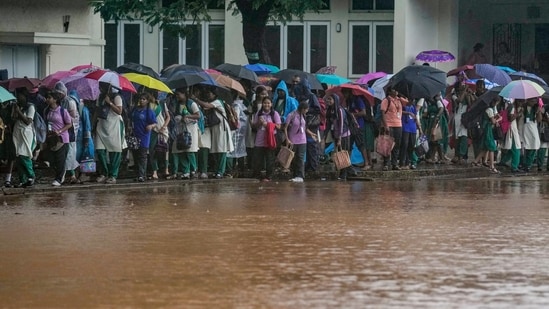
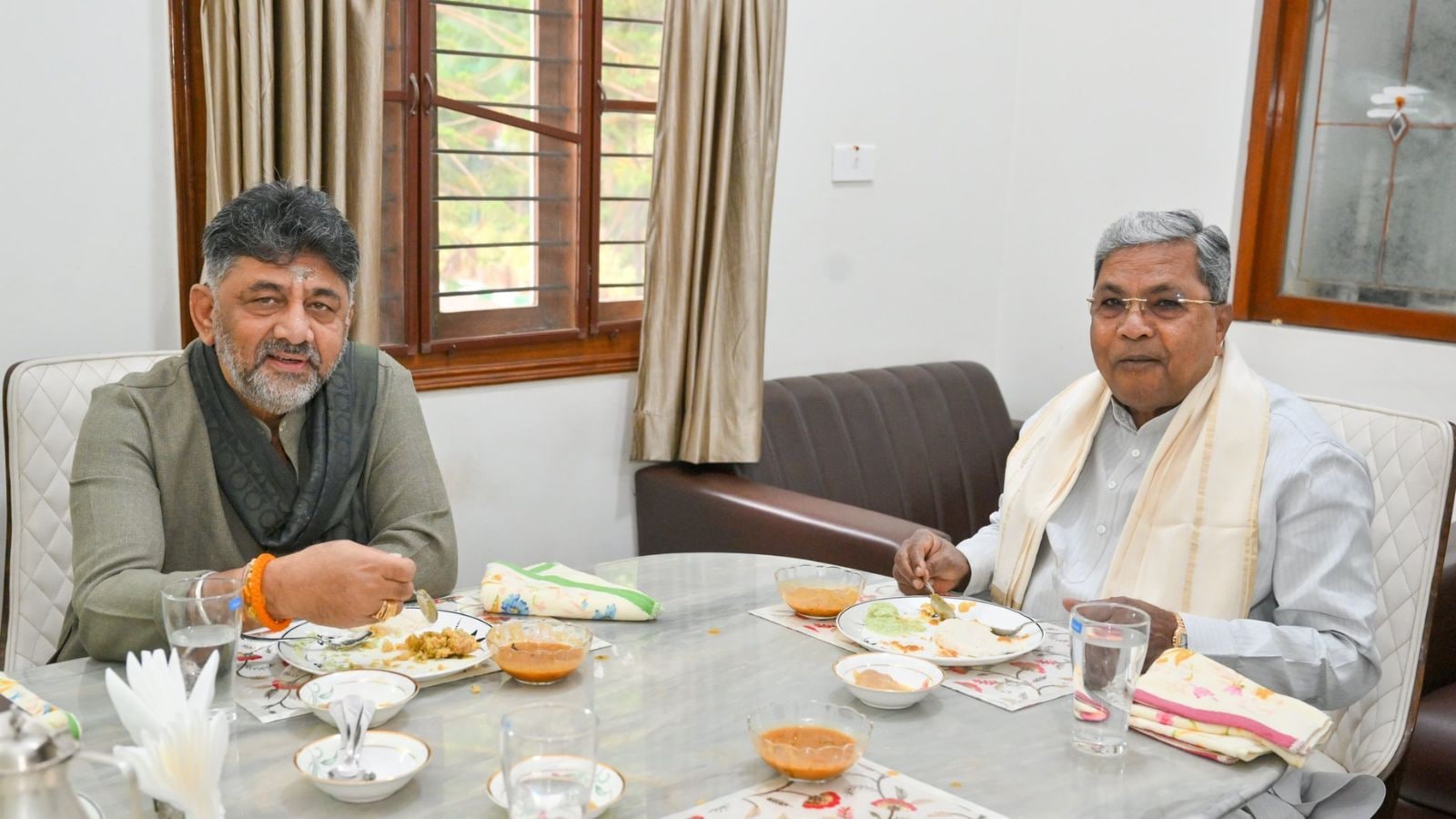
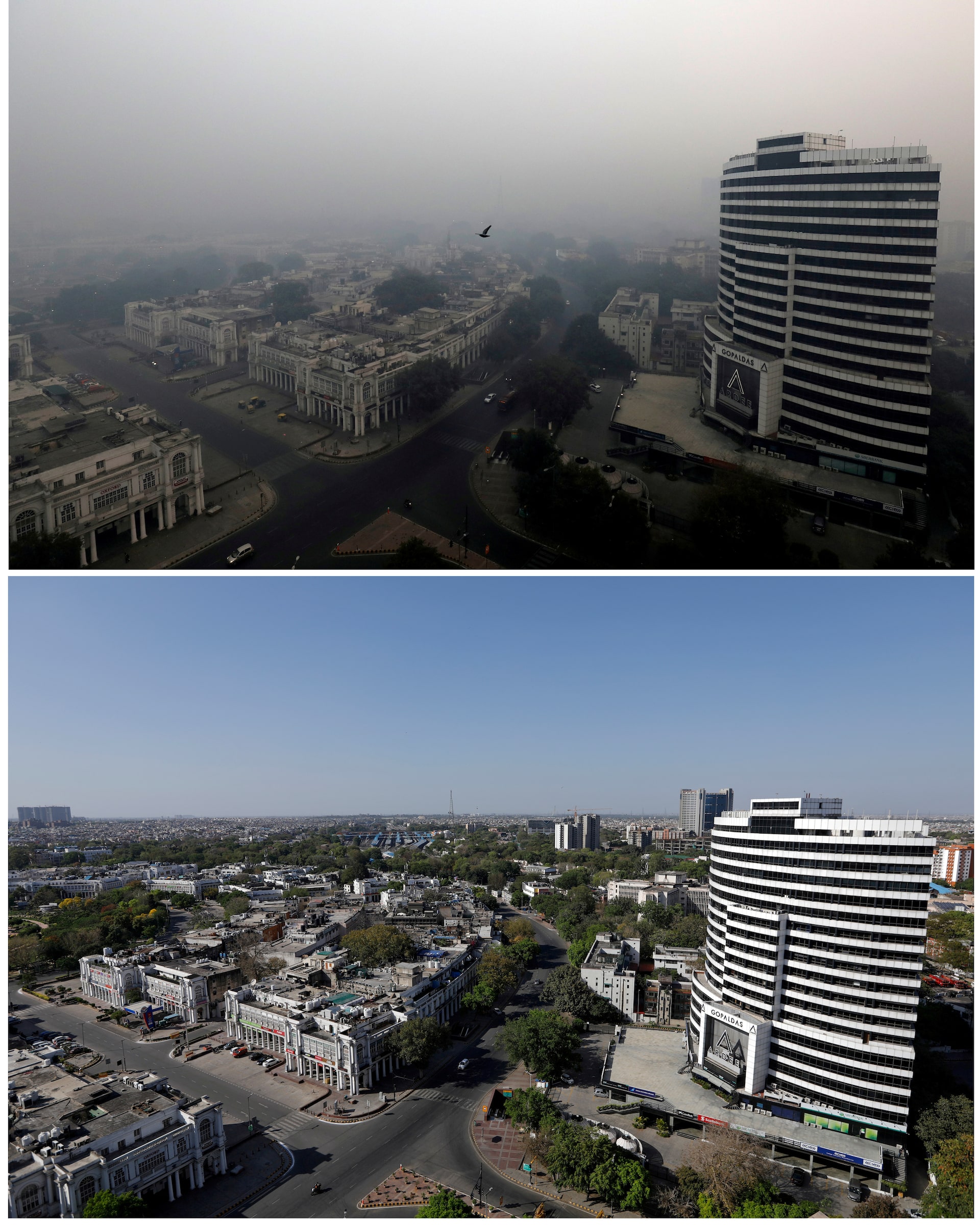

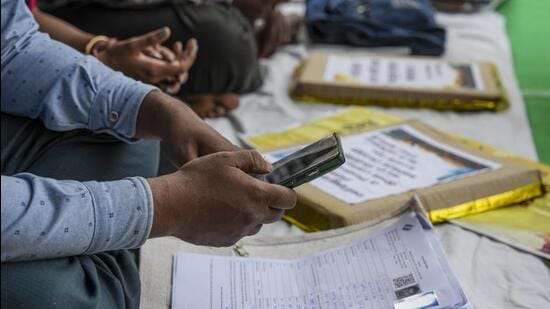



Leave a Reply